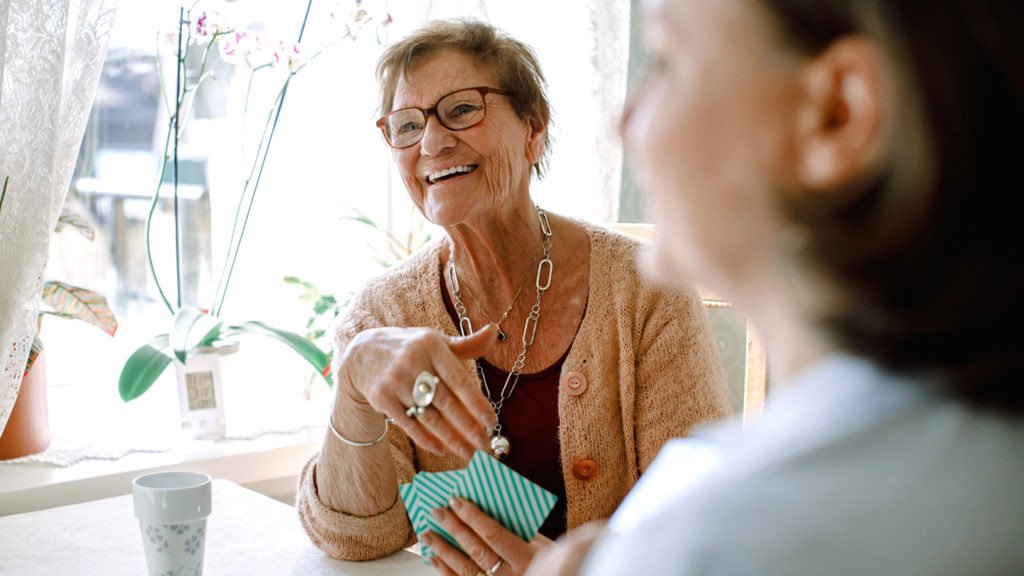

Continuing care retirement community operators considering near- and mid-term investments, amenities and programming should look to ensure healthy aging offerings are in the mix, according to a new survey of baby boomers.
Erickson Senior Living conducted a three-part survey of 1,021 baby boomers to track their perceptions of CCRCs, also known as life plan communities. Questions were asked in January 2020 prior to the COVID-19 pandemic, in June 2020 at the height of the pandemic, and in April 2022 after widespread COVID-19 vaccine availability.
The results of the final survey from April found that holistic healthcare — including amenities and programming that provide physical, mental and emotional well-being — are the top draw to CCRCs.
Along with on-site access to emergency response personnel (91%) and medical care (88%), boomers also deem stress-reducing activities and socialization opportunities (72%) very or somewhat important factors in choosing a senior living community.
Other important aspects of senior living communities considered important by respondents were around-the-clock security (90%), a predictable monthly fee that covers most meals and costs related to housing (90%), an offering of a home for life (89%), amenities (88%) and an on-site medical center (87%).
A vast majority of respondents (88%) also felt strongly that living in a community with a broad range of amenities, activities, services and social opportunities is a top consideration when shopping for a senior living community.
The findings offer senior living providers insight into the priorities of the “highly diversified” baby boomers, Tom Neubauer, Erickson Senior Living executive vice president of sales, marketing and communications, told McKnight’s Senior Living.
“As we plan investments in communities, amenities and programs, we must continue to meet the needs and exceed the expectations of our current residents while simultaneously looking to the future,” Neubauer said. “These findings, along with insight from ongoing market intelligence and resident and prospect input, inform our near- and mid-term planning — from community design to programmatic offerings.”
CCRCs perceived more favorably than other models
Despite the COVID-19 pandemic’s negative effects on attitudes toward long-term care in general, interest in CCRCs among baby boomers improved more than other congregate living models for aging adults, according to the survey results.
Attitudes toward CCRCs increased nine percentage points between June 2020 and April 2022, compared with a gain of seven percentage points during the same time period for both active adult communities for adults aged 55 or more years and independent living communities. Assisted living or memory care communities, as well as skilled nursing facilities, each saw a four percentage point improvement in perception over that span.
Life satisfaction tempered by pandemic experience
Despite the availability of COVID-19 vaccines and a return to “normal” daily activities, satisfaction levels among baby boomers have not returned to pre-pandemic levels. Overall life satisfaction in April was at just 33%, down from 49% in January 2020, according to survey responses.
Participants noted lower satisfaction levels with the ability to live independently (71%, down from 78% in January 2020), as well as their mental and emotional health (51%, compared with 64% in January 2020).
The percentage of respondents who said they were “very satisfied” with the state of their mental and emotional health also declined from pre-pandemic levels, dropping to 51% in April compared with 64% in January 2020. And fewer respondents reported satisfaction with their ability to socialize with friends (42% in April, compared with 50% in January 2020) and pursue recreational activities — 42% now, compared with 54% before the onset of the pandemic.


